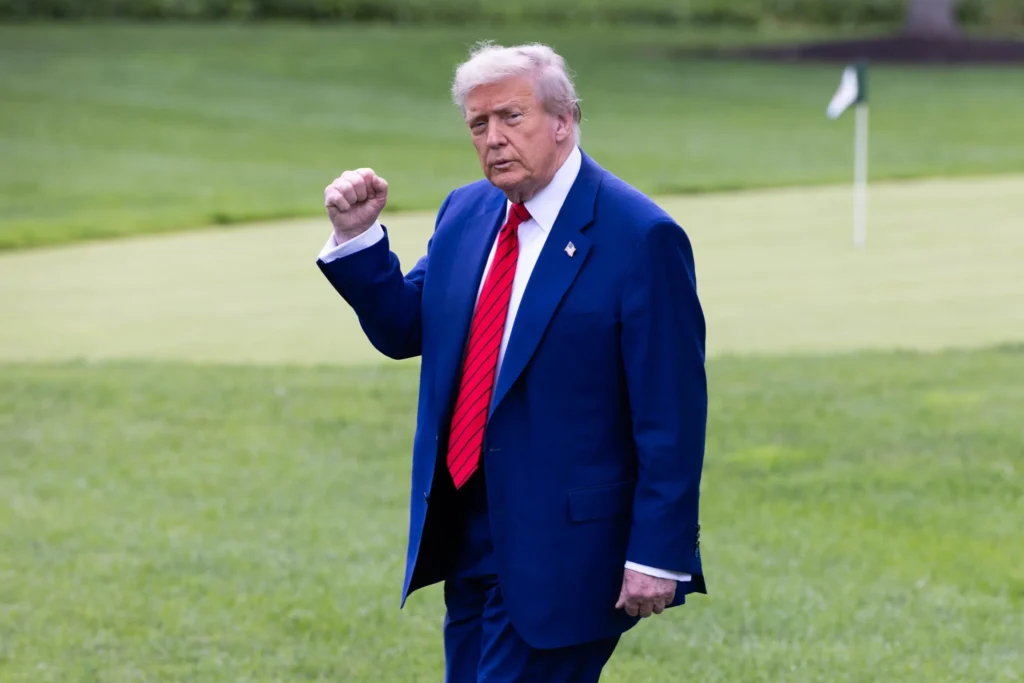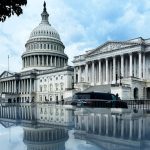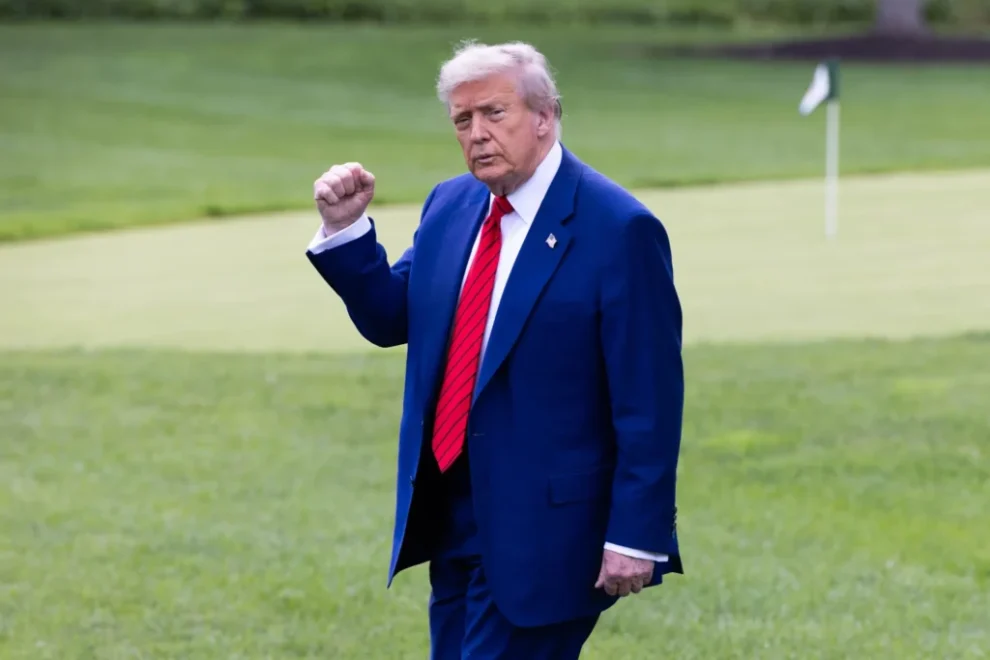President Donald Trump‘s trade war rages on as he’s set to huddle with world leaders in Europe this week, with a major deadline looming.
Trump announced a 90-day pause on his “Liberation Day” tariffs on April 9, which means he has less than three weeks to strike trade deals affecting more than 80 countries ahead of the July 9 deadline, including with the European Union.
“It’s impossible,” said Paul Sracic, an adjunct fellow at the Hudson Institute. “And we always knew it was impossible to do this many deals this quickly. These deals are complicated, and even with the deals that have been announced, there still seems to be some confusion.”
So far, just two deals have been announced, one with the United Kingdom, one of the United States’s biggest allies, and one with China, arguably its biggest enemy on a global scale. But that leaves dozens of would-be deals on the table with time running out. The U.K. agreement was signed this month during the Group of 7 summit in Alberta, which is most remembered for Trump dropping the papers and Prime Minister Keir Starmer picking up the deal from the ground.
Trump will see more world leaders on Tuesday as he heads to the Hague in the Netherlands for a North Atlantic Treaty Organization summit. As Trump tells it, countries that have yet to sign agreements have much more to lose than he does if deals aren’t finalized, as his severely elevated tariffs would simply roll back into effect on July 10.
“They’re either going to make a good deal or they’ll just pay whatever we say they have to pay,” Trump told reporters aboard Air Force One this week.
In reality, that scenario could lead to supply chain shocks and a drop in the stock market that would negatively affect both parties.
Economists who spoke to the Washington Examiner agreed that the most likely scenario is a further pause to continue negotiations, which could take a full year or longer to shake out.
“I suspect they’re going to extend the deadline,” said Ian Fletcher, an advisory board member at the Coalition for a Prosperous America. “But I also think that Trump knows he has to march through this at a reasonable pace.”
Such a move would be similar to how Trump handled fentanyl-related tariffs on Canada and Mexico, an action he announced even before he took office. The initial implementation date in that case was Jan. 20 — his inauguration day — but it was repeatedly extended as he continued negotiating with the leaders of both nations.
That scenario could repeat itself on a global scale as 2025 wears on. However, that doesn’t mean other countries can simply wait for an extension.

“If he lets foreign countries get the impression that they can just let this slide and he’ll forget about tariffs, they may heave a big sigh of relief and go back to the bad old days, which he clearly doesn’t want,” Fletcher said.
“So I suspect that when you reach the end of the 90 days, you may see some tariffs on other countries be jacked up again,” he added, “just to make clear that the United States means business.”
Trump tried a version of that strategy when he announced the first 90-day pause, singling out China for retaliating and hiking its tariffs up to 125% and later 145%. Though China is a unique case and ultimately reached a deal with Trump, most other countries will not want to face that scenario this time.
“If Trump thinks some countries have been particularly recalcitrant and not willing to engage, I suppose he could try to impose those tariffs on them,” Sracic said. “But I really do think that they’re going to have to worry about the market reaction to that.”
The rapidly approaching deadline comes as Trump’s attention has been yanked elsewhere, especially to the Israel-Iran war that the U.S. may or may not enter. The leaders of several top trade partners hoped to get some time with Trump at this week’s G7 meetings, but the president left the summit early as the Iran situation spiraled.
Still, Trump is widely seen as the most trade-obsessed president in decades, and his former trade representative, Robert Lighthizer, wrote that the topic “dominated his thoughts” throughout his first term.
Trump’s team pitched its trade policies as the end of a decadeslong experiment with unilateral free trade that has left much of the country worse off, and as such, may not expect progress as fast as Trump wants.
“The fundamental goal of President Trump’s economic policy is, I think, to undo 40 years of failed economic policy in this country,” Vice President JD Vance said in March. “For far too long, we got addicted to cheap labor, both overseas and by importing it into our own country — and we got lazy.”
New issues are still cropping up in countries with which Trump has been negotiating for months. Canada, for example, has reopened a 30-day negotiation window over steel tariffs. In March, Trump imposed a 25% tariff on all steel and aluminum imports and increased the rate to 50% earlier this month. Canada retaliated with a 25% counter-tariff and may adjust that again based on the new rate.
Administration officials promise to announce new deals in the coming weeks, with Commerce Secretary Howard Lutnick telling CNBC they are “in the hopper.” Trump also said Friday that trade deals were close with India and Pakistan following a U.S.-brokered ceasefire between those two countries.
Other factors will continue to affect the negotiating process from the outside. One is the state of the economy, which could still face rising inflation or even a recession due to the effect of Trump’s tariffs. Another is lawsuits challenging Trump’s authority to implement the tariffs, which could reduce his leverage or even cause the entire project to be scrapped through a series of courtroom losses. The Iran war is yet another factor, as it could affect oil prices.
Some of Trump’s critics have dubbed him “TACO,” an acronym for “Trump always chickens out,” referencing his many trade-related pauses and extensions. At the same time, not everyone is convinced he can be relied on to back off his threats.
“Normally, I would assume that the U.S. president is going to back away from catastrophic trade policies,” University of Massachusetts Amherst economics professor Gerald Friedman said. “I don’t know about this one, though.”
The New Right rides again: Review of ‘The New Conservatives’ by Oren Cass
Friedman is a skeptic of Trump’s overarching trade goals. He says the idea of bringing back manufacturing at scale is a “fantasy” that could only be realized by severely lowering the living standard of the average U.S. citizen. He believes that Trump will ultimately give in to that reality rather than barreling ahead in the face of headwinds.
“I think he’ll put another 90-day extension in place,” Friedman said. “I certainly hope so.”
























